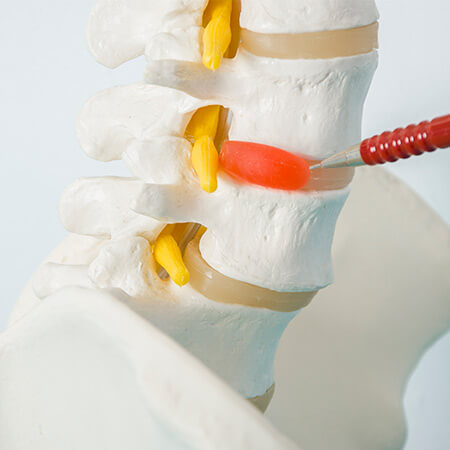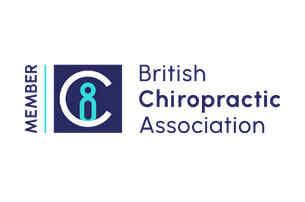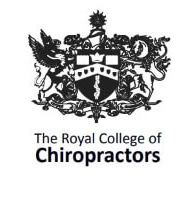Disc Pain Diagnosis in Beverley and Driffield
 True or false? A slipped disc means that the disc has slipped out of my spine. False! A slipped disc, also known as a disc herniation or disc prolapse, is caused by the protrusion of the nucleus pulposus through the annular fibres, potentially causing compression on spinal nerves.
True or false? A slipped disc means that the disc has slipped out of my spine. False! A slipped disc, also known as a disc herniation or disc prolapse, is caused by the protrusion of the nucleus pulposus through the annular fibres, potentially causing compression on spinal nerves.
Anatomy and Function of a Spinal Disc
The anatomy of a spinal disc includes two primary components that play vital roles in its function. Between each pair of vertebrae lies an intervertebral disc, which consists of the nucleus pulposus and the fibrous annulus. The nucleus pulposus is a soft, gel-like centre primarily composed of water, while the fibrous annulus is the tough outer layer made of strong collagen fibres.
These discs serve several key functions: they act as joints between vertebrae to facilitate movement, provide stability to the spine, and function as shock absorbers, cushioning the impact of daily activities.
- Chronic overloading – suddenly lifting something that is very heavy or lifting smaller items repetitively
- Trauma, accident or injury
- Asymmetrical loading and twisting
- Poor posture
- Frequent episodes of back discomfort
- Leg pain is often more intense than back issues in cases of a herniated disc
- Sensations that radiate to the buttocks and hip
- Aching or soreness may arise after heavy lifting or repetitive twisting movements
- A sharp, shooting sensation in the affected area
- Aggravation due to increased intradiscal pressure
- Strain during weight-bearing activities such as standing, walking, or sitting for extended periods
- Symptoms are worsened by actions like coughing, sneezing, or bearing down during toileting
- Changes in position – discomfort intensifies when bending forward and eases when lying down or with knees bent
What To Expect During a Chiropractic Visit
When you visit a chiropractor, the process typically begins with a detailed discussion about your pain. This step, known as a case history, helps the chiropractor gather important information and often provides clues about whether your pain might be related to a disc issue.
Next, the chiropractor will conduct a physical examination to look for signs of nerve compression in your back. This examination may reveal reduced sensation in specific areas of the skin, muscle weakness, or decreased reflex responses. In very rare cases, nerve compression may require immediate medical attention. If your chiropractor is concerned, they will promptly refer you to the appropriate healthcare professional.
Tailored Treatment Options
Treatment is customised to suit your specific condition, comfort level, and preferences. We’ll discuss all treatment options with you and explain the process in detail before starting. This ensures you can make an informed decision about whether to proceed.
Our approach often combines hands-on care with gentle home exercises and lifestyle recommendations to support your recovery.
During consultations, patients frequently ask about the need for spinal surgery. Surgery is rarely required and is typically reserved as a last resort for individuals who don’t respond to conservative treatments, such as chiropractic care, or for those with significant neurological issues. If the chiropractor has any concerns or feels that you are not responding as expected, we will discuss this with you and agree upon the most appropriate form of referral.
Take the First Step Towards Pain Relief
If you’re struggling with back pain, contact Beverley and Driffield Chiropractic Clinics today to schedule a consultation. Our experienced chiropractors will guide you through personalised care to help you get back to feeling your best.




